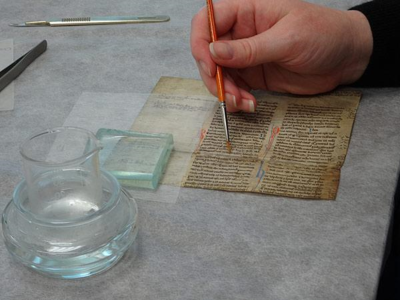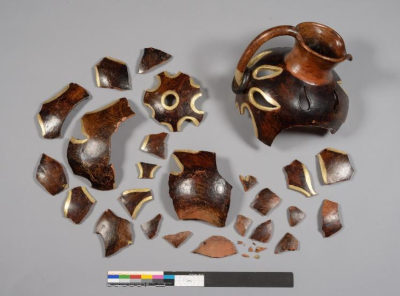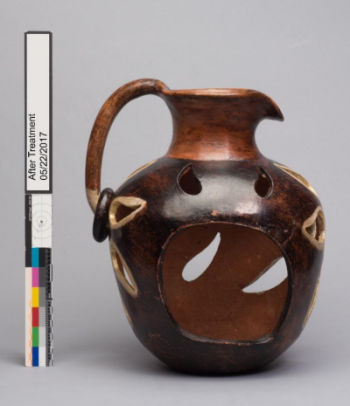Glues and adhesives are everywhere — even in places you might not expect!
If you’ve ever taken a trip to an art museum, you may have seen beautiful paintings and sculptures that are hundreds of years old. Imagine how much dust and dirt might collect on the artwork in that long a time, and imagine how much the sun and heat might dry them out! But all those paintings still look great after such a long time — and chances are that glues and adhesives help to keep them that way!

Glues and adhesives are especially useful in taking care of works of art. “It’s amazing — I take them for granted,” says Claire Taggart, an art historian and art conservator at the Nasher Sculpture Center in Dallas, Texas. She repairs sculptures and paintings that have been damaged, and helps keep them looking beautiful and new — and she uses adhesives every day! “We use adhesives to repair flaking paint, for structural repair, and much more. I’m almost always thinking about adhesives and how they can be used.”
Glues can come from unexpected places. Take isinglass, for example. Isinglass is one of the most useful glues for repairing ancient parchments that have been torn or damaged. Isinglass is made from the swim bladders of a kind of fish called a sturgeon. It’s a form of collagen, the same protein that’s found in your skin, tendons, and cartilage. Isinglass is especially useful for repairing paper, because it doesn’t have to be mixed with water, which would weaken the paper. Water could also make the paper tear more easily, since the water disrupts the forces that hold the paper fibers together.

Consolidants are another type of adhesive useful for works of art. Consolidants are used to treat the edges of broken objects so that they can be joined together by glues. For example, suppose you’re a brave archaeologist with a bullwhip and floppy hat! You’ve just discovered an ancient terracotta vase, but it’s broken into a hundred pieces, and some of them are very tiny. It won’t be possible to join the pieces together just by applying glue to each tiny piece, because some of them will be too fragile and crumble into powder.

That’s where consolidants come in. As Taggart says, “To join together materials that are soft or porous, we use a consolidant to harden the edges so that the pieces can adhere better to each other.” Consolidants are also used on damaged paintings to prevent paint on canvas or other surfaces from flaking off. Consolidants such as polyvinyl acetate or polyvinyl alcohol are commonly used.
As useful as adhesives are in helping us repair artwork, they also have a dark side — often, adhesives are part of the problem in damaged works of art! “There are situations where the repair has been done by a well-meaning professional or owner, but the repair was made using the wrong type of adhesive, like superglue,” says Taggart. Nothing will reliably dissolve superglue! “Sometimes it’s not possible to remove it without damaging the artwork.
So, adhesives and glues can rescue your favorite sculpture or painting — or cause permanent damage to it! It takes experts who love both art and chemistry to take care of artworks so that they can be enjoyed for hundreds more years. Maybe that could be a job for you!
Dr. William Doria is an Associate Professor of Chemistry at Rockford University in Rockford, IL.

